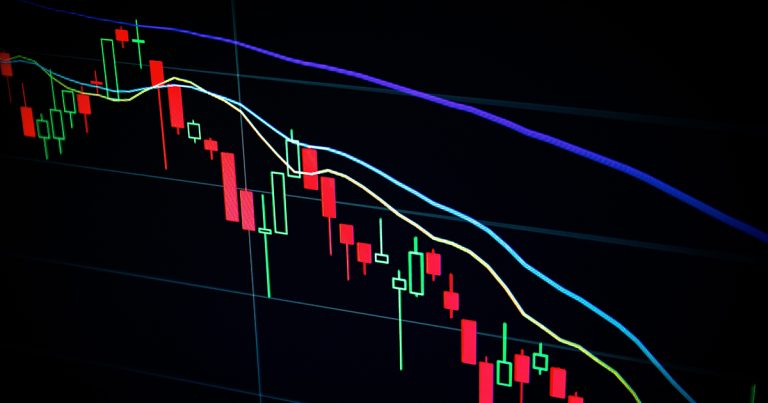31-8-2023 (SYDNEY) In a challenging month marked by gloomy Chinese factory activity and looming uncertainty regarding U.S. interest rates, Asian shares are poised to endure their worst performance since February.
As August draws to a close, MSCI’s broadest index of Asia-Pacific shares outside Japan inched up by 0.1 per cent, yet the overall picture remains somber, with a monthly loss of 5.9 per cent, the largest since February. Japan’s Nikkei offered a slight reprieve, gaining 0.5 per cent, though still nursing a 2 per cent monthly loss.
The gloomy cloud over Asia is partly attributed to China’s protracted manufacturing contraction. Data released on Thursday revealed that for the fifth consecutive month, China’s manufacturing activity contracted in August, with a slight slowdown also observed in the services sector.
Chinese blue-chip stocks remained stagnant, but a noteworthy 2.5 per cent rebound in property shares provided a glimmer of hope, pushing Hong Kong’s Hang Seng Index up by 0.7 per cent.
On a domestic front, China’s two largest cities made an attempt to stimulate the property market by easing mortgage restrictions. This move permits homebuyers to access preferential loans for first-home purchases, regardless of their prior credit history. Nevertheless, concerns linger as China’s leading private property developer, Country Garden, issued warnings of default risks, citing its deteriorating financial performance, which resulted in a record first-half loss.
Despite the China-induced anxieties, global investor confidence experienced a surge in August, as indicated by a State Street Global Markets’ Global Confidence Index (ICI), which soared by 11.4 points to reach 107.7. This surge was driven primarily by North America, which recorded its most robust reading in a year, alleviating concerns of an impending recession.
“Investor confidence saw its biggest jump in 18 months, with the Global ICI now solidly in risk-seeking territory, as risk appetite improved in every region this month,” noted Marvin Loh, senior global macro strategist at State Street Global Markets.
Overnight, Wall Street witnessed an uptick after a series of U.S. economic indicators unveiled surprising downward trends. This has fueled expectations that the Federal Reserve’s tightening phase may be over, making room for rate cuts next year, potentially exceeding 100 basis points.
Among the concerning statistics were a monthly drop of 52.3 per cent in private payrolls, indicative of labor market softening, and a downward revision of second-quarter GDP figures.
The spotlight now turns to Thursday’s U.S. personal consumption expenditures (PCE) inflation numbers, the Federal Reserve’s preferred inflation gauge, and Friday’s non-farm payrolls data.
The Treasury market remained relatively subdued, with two-year yields steadying at 4.8901 per cent after briefly touching a three-week low of 4.8360 per cent overnight. Ten-year yields maintained their position at 4.1178 per cent, ending the session unchanged.
However, the European scenario was less rosy in terms of inflation. Annual inflation figures for Germany and Spain barely decelerated in August, defying expectations. This has amplified speculation regarding pan-European inflation figures later in the day.
Anticipating a potential September hike by the European Central Bank, the euro gained ground against the yen, reaching a 15-year high of 159.76 yen overnight and settling at 159.61 yen on Thursday.
Oil prices remained relatively stable, with Brent crude futures holding steady at $85.88 per barrel, while U.S. West Texas Intermediate crude futures edged up by 0.1 per cent to $81.74.
In the precious metals market, gold prices made a modest climb, rising by 0.3 per cent to reach $1,94.35 per ounce.




